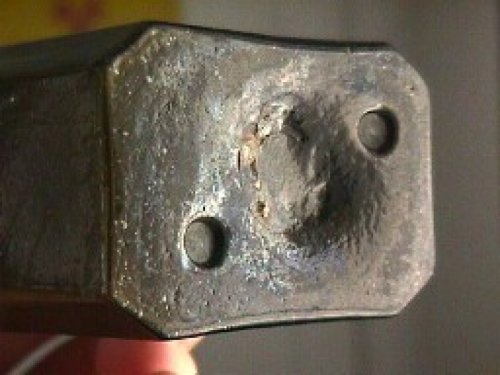RED Matthews
Well-Known Member
I would like someone to give me some insight to book references that will tell me some information on the concept of burst-off glass finishes on jars like; mustard, snuff, utility and preserve jars, fire grenades and some colognes and the Clyde Glass fire dowser bottles. I am familiar with how it is done but I would like to read up on the methods used in this process. I plan on including a review of what I can find - on my homepage: http://www.bottlemysteries.com


